Premier Datuk Patinggi Tan Sri Abang Johari Tun Openg made a bold move by initiating Sarawak’s digital economy agenda soon after he took over as chief minister in 2017.
The Sarawak Digital Economy Strategy 2018 – 2022 was launched four years ago, outlining 47 strategic plans in eight economic sectors namely agriculture, manufacturing, smart city, digital health, e-commerce, digital government, sports, social, arts and culture.
Abang Johari has a clear direction on how to drive Sarawak’s economy to achieve high-income status and become a developed state by the year 2030 which is through digital transformation.
He wanted to ensure that Sarawak is not left behind as most developing countries area already at the forefront of the digital economy.
Following this, the Sarawak Multimedia Authority (SMA) was set up to administer the development and execution of communication and multimedia policies to drive the state’s digital economy agenda.
There are other key agencies like the Sarawak Digital Economy Corporation (SDEC) being tasked to lead the implementation of digital initiatives focusing on the private sector while the Sarawak Information Systems (SAINS) is responsible for digital initiatives focusing on government services.
At the same time, the Centre of Technical Excellence Sarawak (CENTEXS) was upgraded to the CENTEXS Digital Academy to provide industry-relevant training and skills development in digital and data science focusing on school leavers, graduates, and industry employees to meet the demands of workforce in the digital economy.
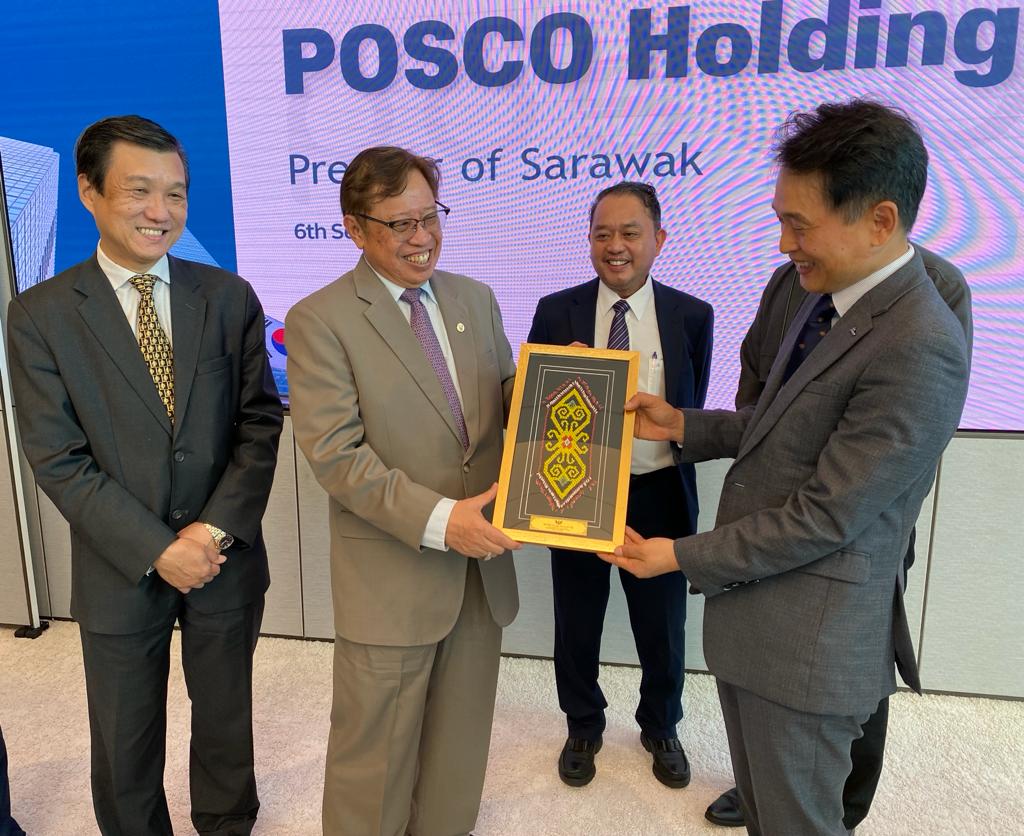
DIGITAL TRANSFORMATION’S ACHIEVEMENTS AND MILESTONES
In 2020, Sarawak’s digital readiness was highlighted when the Sarawak Disaster Management Committee (SDMC) received the Malaysian Technology Excellence Award from the Singapore Business Review.
The recognition was awarded due to the state’s utilisation of technology to effectively control and manage devastating impacts of the COVID-19 pandemic.
The state government also established the Tabung Ekonomi Gagas Anak Bumiputera Sarawak (TEGAS) Digital Hub to promote digital innovation and entrepreneurship in Sarawak.
The digital hub located at the Sama Jaya High Tech Park in Kuching is equipped with the latest technological equipment to help aspiring local start-ups and entrepreneurs to set up their businesses.
Throughout the year, various entrepreneurial activities and programmes targeting young entrepreneurs from all corners of Sarawak have been conducted at the digital village.
Under SMA, a total of 42 Digital Community Centres (DCC) thus far have been opened throughout the state to empower the skills and abilities of various communities to ensure they are not left out of the digital economic transformation.
These centres are equipped with broadband internet, laptops, tablets, video conferencing facilities, makerspace equipment, miro and online collections and digital information among others.
At the same time, Sarawak Pay which is the state’s mobile app for cashless payment had gone global as S-Pay in collaboration with UnionPay earlier last year.
From 50,000 users, the S-Pay has grown to more than half a million users with more than 70,000 businesses in the state registering for the mobile app to enable cashless payments from their customers.
The state government is also ahead of the federal government with its digital identity (ID) namely the Sarawak ID which was launched in 2018.
The Sarawak ID is integrated in over 50 government applications in the state with more than 600,000 users registered.
It is linked to the MyKad and provides a single point of authentication for users across programmes so they do not need to create multiple accounts to use various services.

TAPPING INTO HYDROGEN ECONOMY
Abang Johari has described Sarawak as a rising tiger in the renewable energy arena as it is opening its frontiers to help traditional industries become more sustainable.
Stating that Sarawak is Hydrogen Ready, he said the state government had developed the Post COVID-19 Development Strategy (PCDS) 2030 where Renewable Energy was highlighted as a cornerstone in the 10-year plan.
The PCDS 2030 is more than just Sarawak’s internal blueprint to share the economy as it is a multifaceted approach towards long term economic, social, and environmental sustainability built upon the state’s aspirations for collaboration with policy makers and private sectors both within and beyond the state’s shores.
“When I say, ‘Sarawak is Hydrogen Ready’, I am essentially saying that the Sarawakian Hydrogen Economy is at its heart – building an ecosystem where our resources are in abundance, the infrastructure is sufficient, the expertise is available, and the supply and value chains are well established.
“With concerted efforts and real initiatives, Sarawak is sending a clear message across the world: we want Sarawak to be a region for clean and green investment. We want global low carbon industries serviced by Sarawak supply chains.
“The winds of change are high as they say, and as production scales expand and demands for alternative energy sources increase, it is foreseeable in our global future that the costs of hydrogen production will drop to possibly equivalent to LNG or less. This will be a game changer for the economic landscape of Sarawak and many developing countries,” he said.
Sarawak is currently Malaysia’s largest provider of renewable energy for a population of almost 3 million across Sarawak and parts of Indonesia Borneo in West Kalimantan.
In fact, 70 percent of the total generation mix from Sarawak’s hydropower resources can be harnessed to produce low carbon hydrogen which provides an ideal setting for enabling the hydrogen economy.
Abang Johari noted that using renewable energy such as green hydrogen produced from hydropower resources there is the equation to produce green ammonia.
Through this innovation and exploration of green hydrogen to make key impact in energy transition, he pointed out that Sarawak has developed new effective strategies to reduce the reliance on fossil fuel and lower carbon emissions by introducing clean fuel (green hydrogen) as alternative fuel for the public transportation sector.
“Forging ahead, Sarawak Energy Berhad, Sarawak’s power utility company, is currently exploring the exciting frontiers of producing green hydrogen as a solution for the commercial and public application of hydrogen and fuel cell technology.
“NEXO Fuel Cell Vehicles are a riveting component under our auto expansion strategy with Hyundai, tying in with the Hydrogen Buses in the latest forays towards greening Sarawak’s public transportation,” he said.
On top of that, Sarawak Energy Berhad has successfully established and commissioned Southeast Asia’s first Integrated Hydrogen Production Plant and Refuelling Station in 2018.
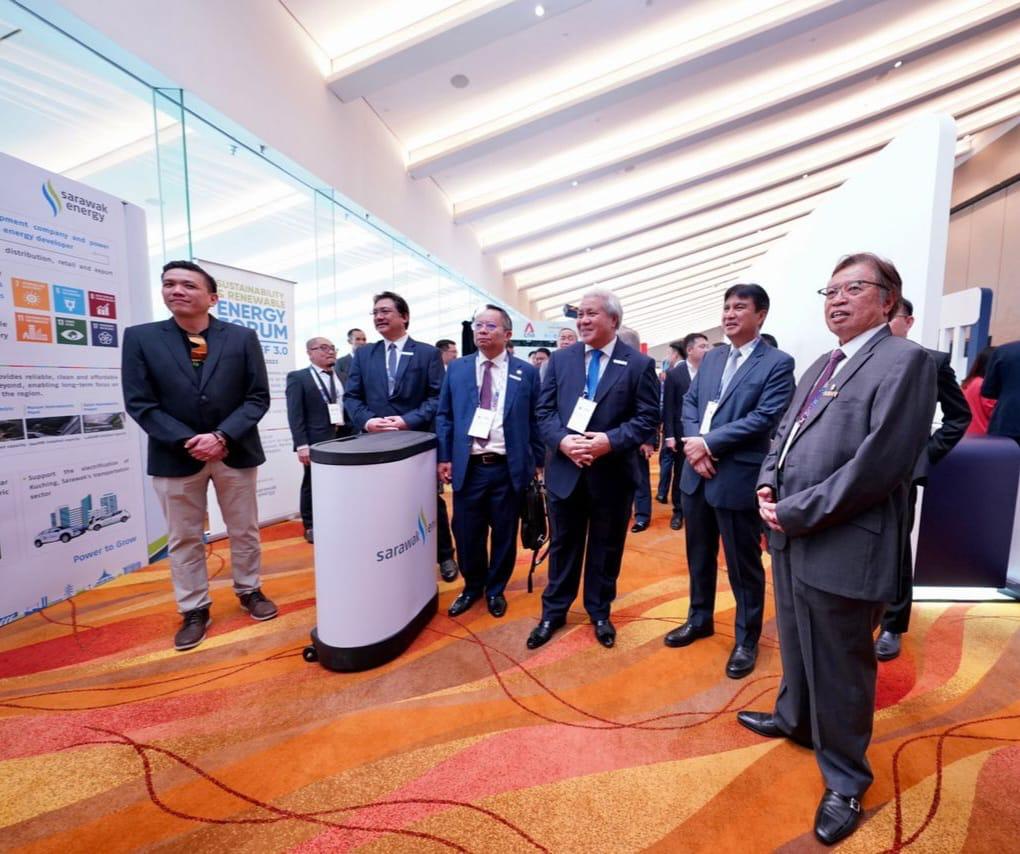
The plant can produce 130kg of hydrogen per day at close to 100% purity. It now serves as a refuelling station for Sarawak’s hydrogen fuel cell electric buses, capable of supporting and fully refuelling up to five fuel cell buses and ten fuel cell cars per day.
With this pilot hydrogen facility, Sarawak is a step towards building a green energy future for the transportation sector for Sarawak and the Asia Pacific region.
It has now served as a refueling station for Sarawak’s first hydrogen fuel cell electric buses.
As a continuous effort to realise Sarawak’s ambition to be the main hydrogen producing hub within the region, in 2020, Sarawak Energy signed Memorandum of Understanding (MOU) with leading organisations – Petronas, Chiyoda and Mitsubishi who share similar ambition to explore the hydrogen export potential.
Sarawak also partnered with global players from South Korea to develop environmentally friendly hydrogen and green ammonia plant at industrial town, Bintulu.
Once completed, the plant will produce 630,000 metric tonnes of green ammonia, 600,000 metric tonnes of blue ammonia, 460,000 metric tonnes of green methanol and 7,000 metric tonnes of green hydrogen for the local industries and South Korea.



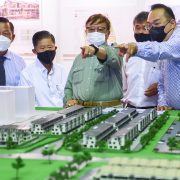


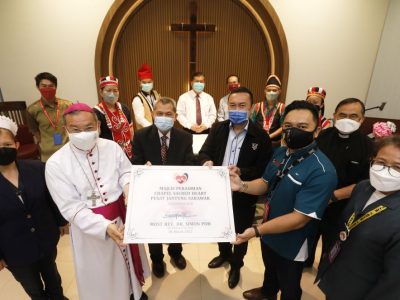
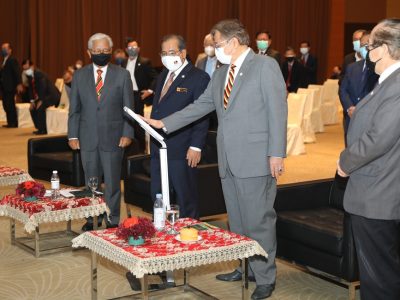
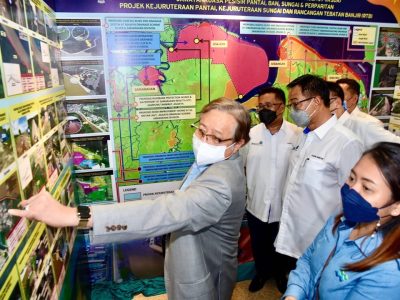
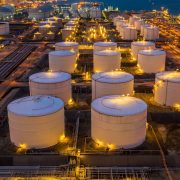

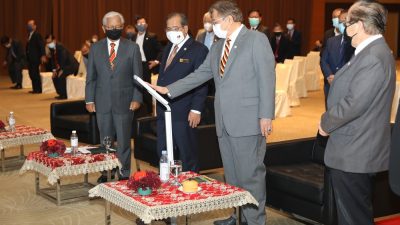
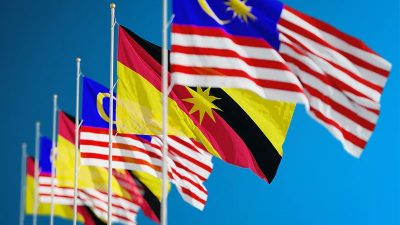
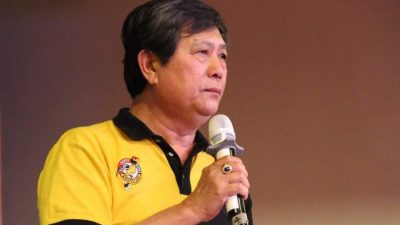
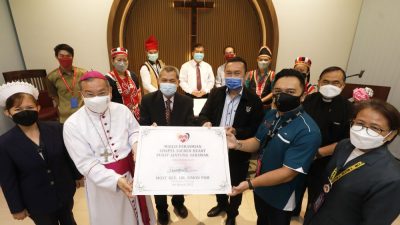



Comments